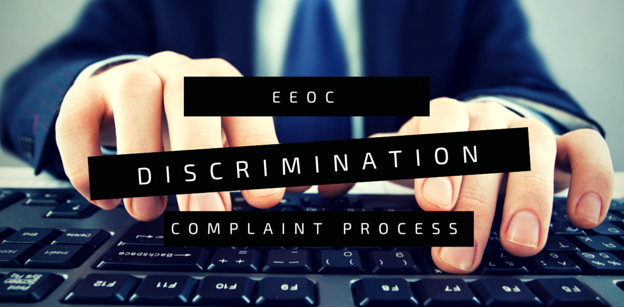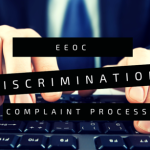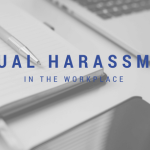When an employee in Texas believes that he or she has been discriminated against in the workplace, that employee has the right to file what is called a Charge of Discrimination with the Equal Employment Opportunity Commission (EEOC) and the Texas Workforce Commission (TWC). While it is filed with both the EEOC and TWC, it is ultimately only investigated by one agency. Discrimination can be based on any of the following characteristics: race, color, gender/sex, pregnancy, disability, national origin, age (40 or older), religion, or genetic information. A Charge of Discrimination may also be filed when an employee suffers from retaliation following a complaint about discriminatory treatment in the workplace. You have the right to file a Charge of Discrimination on your own or with the representation of an employment lawyer.
The First Step: Mediation
The first step in the EEOC discrimination complaint process following the filing of a Charge of Discrimination with the EEOC and TWC is mediation. Generally, the EEOC and TWC will offer mediation to the complainant (employee) and respondent (employer) before any investigation has been conducted. Mediation is a voluntary process for both parties to participate in to attempt to resolve the complaint. Both parties must agree to the mediation for it to actually take place. If one party declines mediation, then the Charge of Discrimination will be assigned to an investigator. Additionally, if the parties do participate in mediation, but there is no resolution, then the Charge of Discrimination will be assigned to an investigator.
The Investigation Begins
Once the Charge of Discrimination is assigned to an investigator, the investigation begins. During this process (which generally lasts between 6 months and a year), the investigator has the opportunity to obtain a position statement from the employer, interview the employee and any other witnesses, and gather evidence from both sides.
The Final Step: Right To Sue
The final step in the process is for the EEOC or TWC to issue a determination and Notice of Right to Sue. If the EEOC or TWC determines that the evidence shows that there was a violation of law, they will attempt to reach a settlement with the employer. If they cannot reach a settlement, then the EEOC or TWC will decide if the agency should file a lawsuit against the employer. If they do not file a lawsuit, you will receive a Right to Sue. If the EEOC or TWC is unable to determine that there was any violation of law, you will still receive a Right to Sue. At that point in time, you will have the legal right to file a lawsuit against the employer.
Before filing a Charge of Discrimination, it is always helpful to consult with an employment attorney in your area. He or she will be able to better advise you of your rights.








